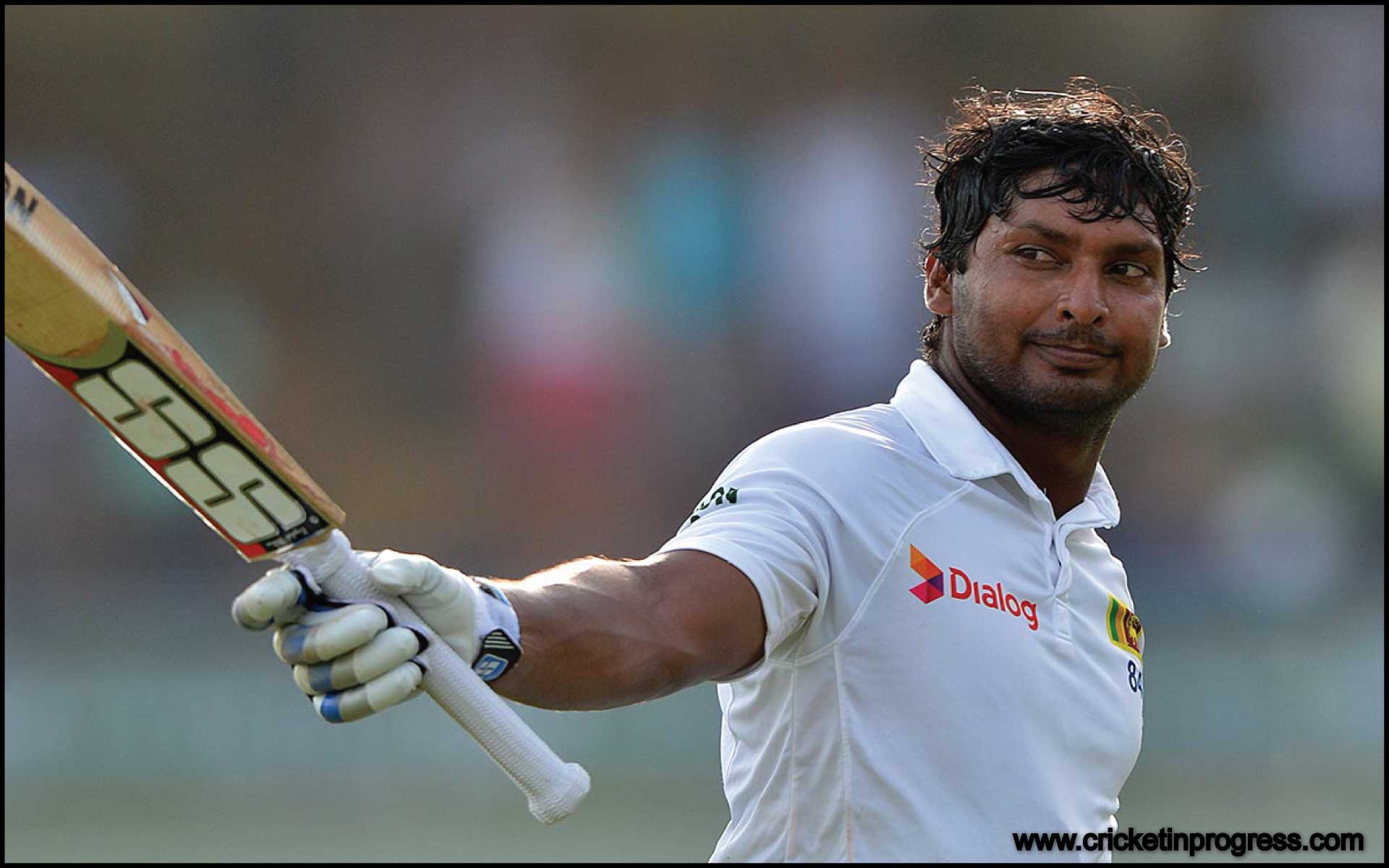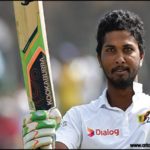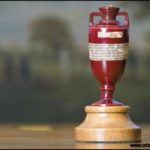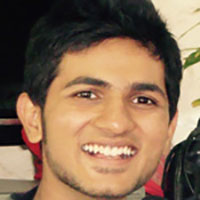A year of Test-match retirements.
Phew! What a year! Several stalwarts retire from international cricket, particularly Test cricket. Michael Clarke, Chris Rogers, Kumar Sangakkara, Shane Watson, Brad Haddin, Zaheer Khan, Virender Sehwag, Shoaib Malik and M S Dhoni (if you don’t consider the fact that he retired just 2 days short of the new year – 30 Dec 2014). As these senior cricketers bid adieu to international cricket, let us celebrate their careers with this particular piece.
While the retirement of Michael Clarke was somewhat unprecedented and forced, that of Chris Rogers and Kumar Sangakkara was long coming. Hardly has cricket seen back to back guard of honours for 2 great cricketers. The English got the opportunity to witness Michael Clarke for the last time while the Indians have the opportunity to witness probably the last complete batsman of this era.
The thing about these great cricketers is that they give their everything in each and every game. Be it their first game or the last, be it a do or die game or a dead rubber, these kind of cricketers came out on the field every time with renewed energy and determination.
Kumar Sangakkara did give it all. He captained the team, kept wickets, batted at all positions, took the losses upon himself and most importantly, quit the captaincy when he thought it was time. The great skill among champions is knowing when to stop. He indeed knew. Sangakkara is inarguably the best batsman Srilanka ever produced. Statistically speaking, he is second only to the great Sachin Tendulkar in terms of runs scored across all 3 formats. For the last 15 years, Sangakkara has been the batting pillar on which Srilanka cricket has been standing. This wouldn’t be an overstatement as the island nation witnessed many of its great moments because of this man.
How does one propose to fill such a void? The harsh reality is that you cannot. The least one can do is try to emulate, but to fill such shoes is a big task. Cheteshwar Pujara did succumb to the pressure of being the next Rahul Dravid.

Coming to Michael Clarke, I still remember a blonde bloke debuting in Chennai in 2005 against India. He is probably the first cricketer whose development I followed. Having watched his whole career in these 10 years, I can only say that he hasn’t yet got the accolades he deserves. Folks, statistics and awards don’t tell the whole story, and if anyone in this cricket world can personify it, it’s Michael Clarke. He played alongside batting greats like Ricky Ponting, Matthew Hayden, Adam Gilchrist, Justin Langer, and to make a name alongside these greats is tough. The challenge every new captain has to face is to live up to the reputation of the previous captain, especially if the previous captain has been a legend of sorts. And guess what, Michael Clarke had to keep the Ponting era going. Let me tell you, it isn’t easy. However, Michael Clarke managed to keep the infamous Aussie aggression going.
Another bloke who hangs up his boots this week is Chris Rogers. Poor chap would probably end up being unnoticed but, not here. As an opener, he has an amazing record. Along with David Warner, he formed one of those opening pairs where one batsman is attacking and the other one is defensive. India tasted success with such an opening pair in Virender Sehwag and Gautam Gambhir and so did Australia. His recent record suggest that he has been pretty successful as an opener in the Ashes. The only reason I can make of his retirement is that age finally caught up with him. Midway in the Ashes, he did have some dizzy spells. As an athlete, when you are performing well, you don’t want to stop. Unfortunately for Rogers, this is the end of the road for him. But, his short lived career is worth celebrating. After all, he was one of the key members in the Australian team that beat England 5-0 in the 2013-14 Ashes.
Now, Shane Watson was forced to retire given his history of injuries to almost every part of the body that can be injured. It is well highlighted by the fact that in his 10-year career as a player, he has only played 55-odd tests. That somehow doesn’t mark his complete test match career. At the time he played in the team, he provided the much needed balance. Watson was that 6th bowler who bowled his medium pacers at around 135 clicks. Fast-bowling All-Rounders who can bat up the order are a rare breed in cricket. Somehow, Australia seems to have plenty of them. Having Shane Watson in the team gave the captain the luxury to play an extra specialist batsman. His attacking batting up the order was more than useful.
Brad Haddin came to his age and chose the perfect time to retire. A team player knows when to stop. Brad Haddin was no Gilchrist, mind you. But, he was that kind of player who, when all the others failed, performed. And, that’s a rare kind of breed. “You don’t show your power when you can. You show it when no one can”. Behind the stumps, Haddin was exceptional. He did have to face the likes of Mitchell Johnson, Brett Lee, Mitchell Starc. I guess, this pretty much sums up Brad Haddin who was your team man. I say that Steve Smith has quite the task of rebuilding the test team and replacing these 4 stalwarts.
Let’s move on to the Indian retirements. Virender Sehwag, Zaheer Khan and M S Dhoni were each part of the team that scaled to the No. 1 Test rankings. Sehwag along with Gambhir formed one of the most formidable opening partnerships this game has seen, while Zaheer Khan led a bowling attack that performed well overseas too, and M S Dhoni, who with his batting skills took games away single handedly. Fortunately, that was not all M S Dhoni brought to the table. He was and is an exceptional captain with a mind ahead of the game, patience longer than the game and faith more than the name. Since Dhoni’s retirement came all of a sudden, there hasn’t been much of an analysis or media hype on it. This says a lot about him. Pretty evident through archives that Dhoni was never much of a person who hogged the limelight. To sum up Dhoni’s career in a single paragraph would be injustice done to his career so, I’ll refrain from doing that per se.
Moving on to the most dangerous opener I have ever seen – Virender Sehwag. The timing of his retirement from all forms of the game is questionable given the proximity of Cricket All Stars (norm is that the player has to be retired form all forms of the game), but that is least important. Bowlers were tormented of him as he used to pick up gaps in the ‘Z-axis’ as well. His biggest drawback was his attacking cricket but, then again, that was his biggest strength too. He didn’t allow any bowler to settle down in their spell and completely messed up the bowler’s line and length. As always, the numbers do not tell the complete story. It was not like he had a weakness against a particular bowler. He had a knack of hitting the first ball he faced for a boundary, be it against any bowler. Off the field, he was a happy-go-lucky guy, not bothered much by his critics. In the past few years, he had been out of the Indian team due to inconsistent form and inability to perform in the IPL and Ranji.
If one had to dig and look for the most intriguing duel of the recent past, they would probably come up with Zaheer Khan vs Graeme Smith. When Zaheer Khan made his debut, he was this short and lanky fellow who didn’t look like a bowler who could bowl with much pace. But, he surprised everyone by bowling consistently above 145 kmph. That was not all about this bowler though. He bowled toe-crushing yorkers and maintained a consistent line and length. If that was not enough, his action was clean, his jump was smooth and his release was perfect. Personally, his bowling action is my favourite. Over the years, he made a batsman like Graeme Smith his bunny, getting him out caught every time they came against each other. His ability to reverse swing the old ball in sub-continent conditions made him Dhoni’s go-to bowler in the late overs. Zaheer Khan ended up being the joint highest wicket-taker in the 2011 World Cup for a winning campaign.
There’s not much I know about Shoaib Malik since I’ve not watched him from ‘close quarters’. Statistically looking though, he was your regular sub-continent all-rounder. He scored runs with a decent enough average and took wickets with his off-breaks. As a captain, he was not successful since he lacked communication and motivation skills. From what I gather, he was a “loner” and “aloof” – never a qualities of a good captain. But, he has been a long serving servant of Pakistan cricket and to rule out his contributions would be unfair.
Goodbyes are never easy. And to bid adieu to batsmen like Sangakkara and Sehwag, captains like Clarke and Dhoni and All-Rounders like Watson make me sad. As they say, when the time comes, celebrate rather than mourn. Cricket will move on, and it’s only fair to say that so will the fans. I wish luck to all these 9 players for the future. Adios!













